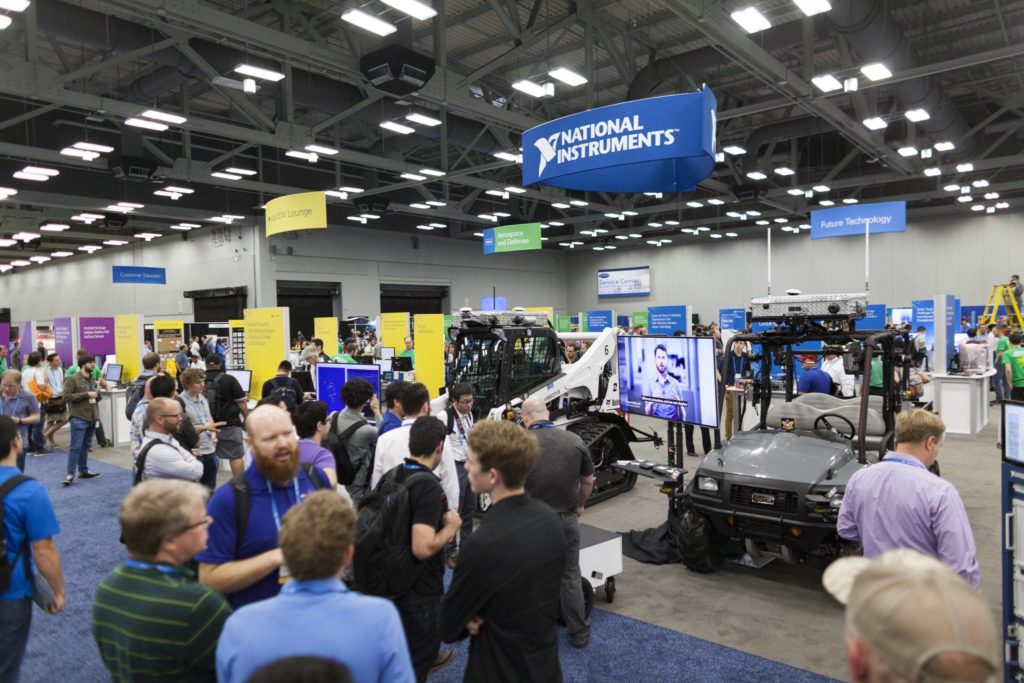Article
From the Drawing Board to the Road: The Future of Consumer Autonomous Vehicles

With how much time people spend commuting and traveling in vehicles, it’s exciting to think about the time the world can save when humans are transported by self-driving vehicles.
However, there are serious challenges ahead to pave the way for this advancing technology, and the speed of adaptation may be limited by factors beyond autonomous driving technology itself.
This is to be expected as vehicles are connected to people, businesses and industries, road infrastructure and environments, and government regulation.
Some of the challenges ahead include:
- Complete validation and robust testing to prove that autonomous vehicles are safer than traditional vehicles
- County, state, and federal legalization and permitting for full automation
- Safety standards accepted by vehicle makers and government bodies
- Ethical dilemmas on computers making ethical choices
- Better infrastructure to support autonomous vehicles
- Collaboration between autonomous vehicles and non-autonomous vehicles
- Certification standards and standardization of communication protocols
Advancing technology will reduce friction to help autonomous vehicles operate on our standard roads. However, the pace at which autonomous vehicles become mainstream will be correlated with the collaboration in resolving the aforementioned issues. Current regulations often do not keep pace with technology development and can hinder progress and adaptation.
From the Drawing Board to the Road
Autonomous vehicles will make transportation faster, safer, and more productive. Mobility will become a service rather than a product, pushing vehicle ownership into obsolescence. New business services will spring up around new experiences and engagement models inside vehicles. An individual’s ability to travel or commute won’t be limited by their driving ability or income. And businesses will be able to bring their service to the customer, as well as provide new opportunities for their employees.
If any of these predictions are accurate, self-driving vehicles are right around the corner, and their effect on our everyday lives will be significant.
Imagine starting your workday eating breakfast and safely putting on your makeup or taking face-to-face video calls from your backseat. Consider the convenience of taking a nap on the way home from a stressful workday. Or, setting off on a road-trip from Oregon to California, where you could sleep in the car and wake up at Disneyland. These are only a few of hundreds of potential cases when attention could be freed from the wheel and road.
Companies that invest in this technology now will position themselves to invest in emerging business opportunities that will accompany self-driving cars. The ideas listed throughout this post are only a starting point for the many ways that you and your business can benefit from self-driving vehicles.









